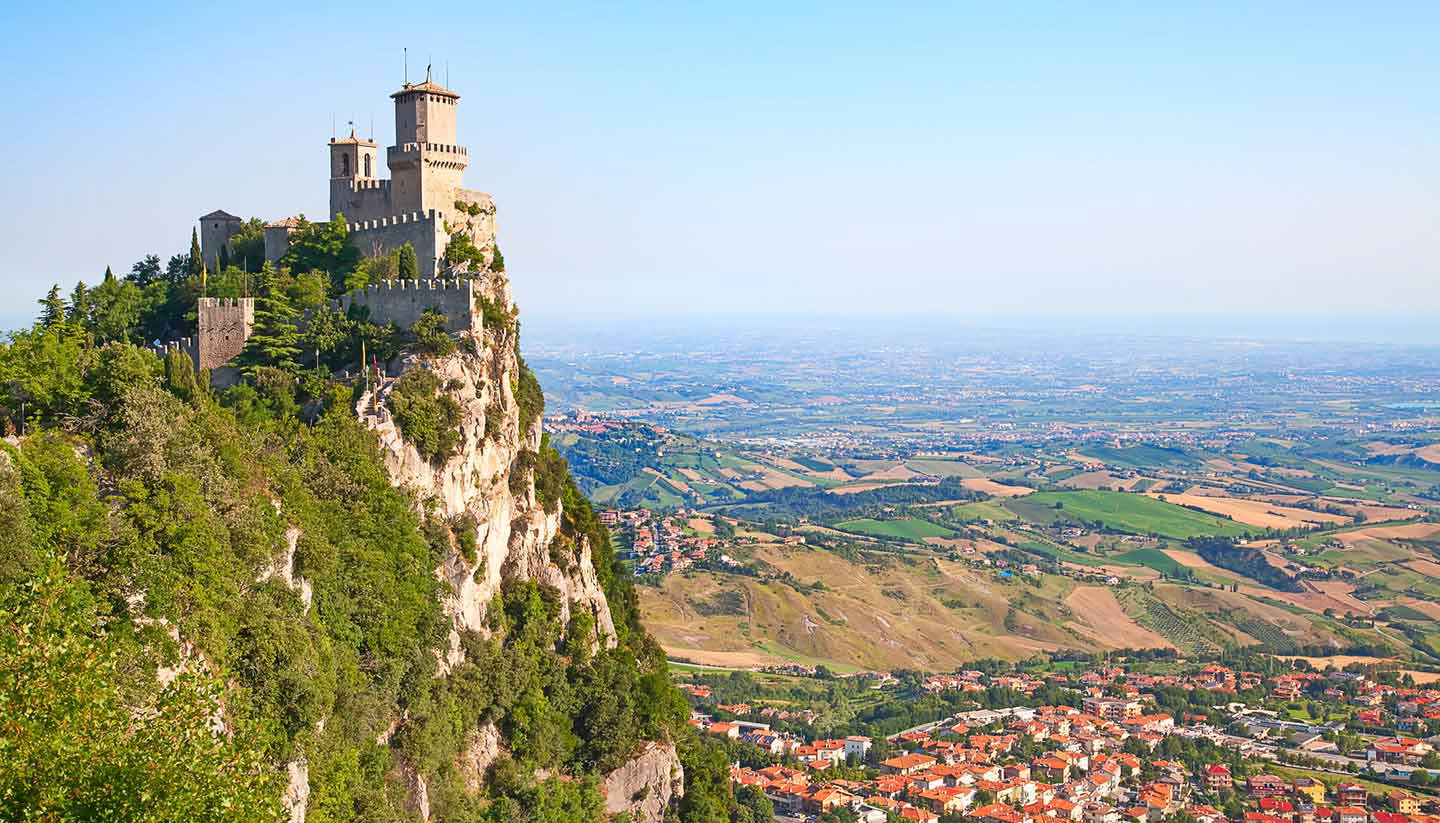San Marino History, Language and Culture
History of San Marino
San Marino is essentially the only surviving independent city-state in Italy. Like Andorra, Liechtenstein and Monaco, it is an anachronism, a reminder of the times when Europe , particularly Germany, Italy and the Pyrenees, was made up of tiny political units, often extending no further than a cannon could fire from a city's walls.
Of all the small European countries, San Marino's survival is the most surprising. Apart from the Vatican City (whose development followed a different course), it is the only one in Europe that is completely surrounded by another country.
The microstate's history of independence dates back a long way, and was preserved in acknowledgment of it services to the great 19th-century leader of Italian unification Giuseppe Garibaldi, whom it once gave haven to.
Various treaties of friendship have been signed with Italy since Italian unification in 1871, but San Marino proudly asserts its independence where possible. It has been a full member of the Council of Europe since 1988, and chaired the organisation during the first half of 1990.
Domestically, San Marino has evolved a pluralistic system of government similar to that in Italy. The major political parties are the Progressive Democrats (ex-communists), Socialists, Christian Democrats, Social Democrats and the leftist Partito Socialista Unitario. The country draws large numbers of tourists keen to see the tiny nation, which is packed full of historic buildings and beautiful countryside.
Did you know?
• Founded in 301 AD, San Marino claims to be the oldest surviving republic.
• San Marino remained neutral in WWI and WWII.
• If everyone in San Marino went to London's Wembley Stadium, there would be roughly 56,000 empty seats.
San Marino Culture
Religion in San Marino
Roman Catholic.
Social Conventions in San Marino
Normal European courtesies and codes of conduct should be observed.
Language in San Marino
Italian.


